Choosing the right golf wedges can make a big difference in your game. This review helps you find the best options.
Golf wedges are essential tools for improving your short game. They come in various types, each designed for specific shots. Some wedges are great for high, soft landings on the green. Others help you escape bunkers with ease. Understanding these differences is key to lowering your scores.
In this review, we explore top wedges on the market. We consider factors like spin, control, and durability. Our goal is to help you choose the right wedge for your needs. Whether you are a beginner or a seasoned player, the right wedge can enhance your performance. Stay tuned to find the perfect wedge for your game.
Buying Guide On Golf Wedges Review
golf wedges review – complete buying guide
choosing the right golf wedge can improve your game. Here’s a step-by-step guide:
1. Understand wedge types
golf wedges come in four types: pitching, gap, sand, and lob. Each serves a different purpose. Pitching wedges are for longer shots. Gap wedges fill the distance gap between pitching and sand wedges. Sand wedges help in bunkers. Lob wedges are for high, short shots.
2. Consider the loft
the loft angle affects the ball’s trajectory. Pitching wedges have a loft of 44-48 degrees. Gap wedges range from 50-54 degrees. Sand wedges have 54-58 degrees. Lob wedges range from 58-64 degrees. Choose based on the type of shots you need.
3. Check the bounce
bounce is the angle between the ground and the club’s leading edge. High bounce is good for soft sand or turf. Low bounce suits firm ground. Mid bounce is versatile for various conditions.
4. Evaluate the grind
grind refers to the shape of the club’s sole. Different grinds suit different playing styles. Some grinds are better for open-face shots. Others are ideal for square-face shots. Match the grind to your swing and course conditions.
5. Material matters
golf wedges are made from different materials. Forged wedges offer better feel. Cast wedges are more durable. Stainless steel is common and affordable. Carbon steel provides better feedback. Choose based on your preference.
6. Shaft selection
shafts affect the club’s performance. Steel shafts offer control and accuracy. Graphite shafts are lighter and provide more distance. Match the shaft to your swing speed and strength.
7. Grip size and material
grips come in various sizes and materials. Standard grips fit most hands. Oversize grips reduce wrist action. Rubber grips offer more traction. Leather grips provide better feel. Pick what feels comfortable.
8. Brand reputation
popular brands include titleist, callaway, and cleveland. These brands offer quality and reliability. Read reviews and ask for recommendations. Trustworthy brands ensure better performance and durability.
9. Budget considerations
golf wedges come in various price ranges. High-end wedges offer better technology. Budget-friendly options provide decent performance. Decide based on your budget and needs.
10. Try before you buy
test different wedges before purchasing. Visit a golf store or driving range. Check the feel, weight, and performance. Choose the wedge that feels right for you.
Conclusion
Choosing the right golf wedge can improve your performance. Different wedges suit different styles and needs. Consider the loft, bounce, and grind before buying. Each of these factors affects how the wedge interacts with the ground and ball. Test different wedges to find one that feels right for you.
Comfort and confidence in your equipment are crucial. Remember, even small changes can make a big difference. Stay patient and keep practicing. The right wedge can help you get closer to the hole. So, take your time and choose wisely.
Happy golfing!

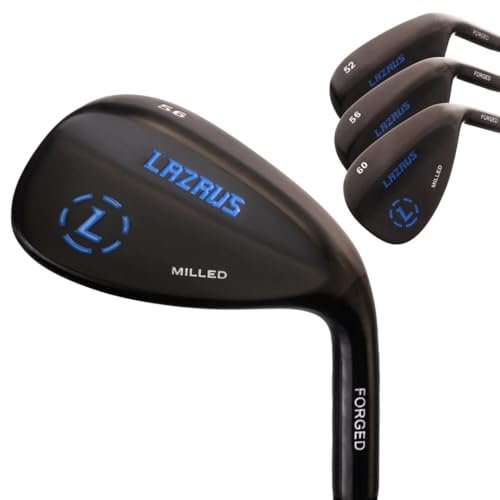








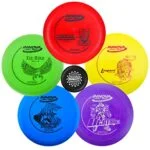
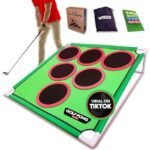

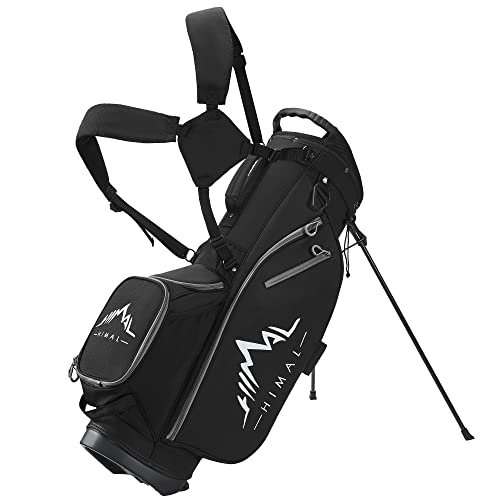
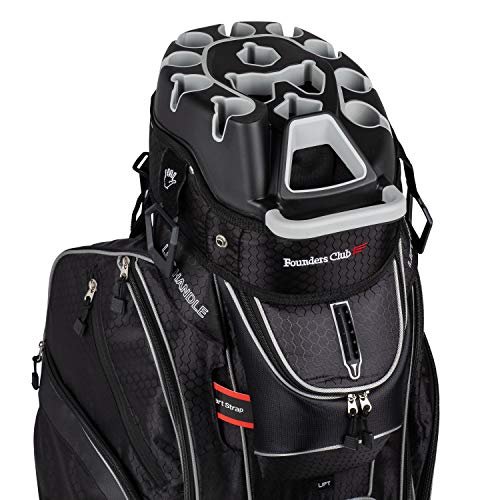
Leave a Reply